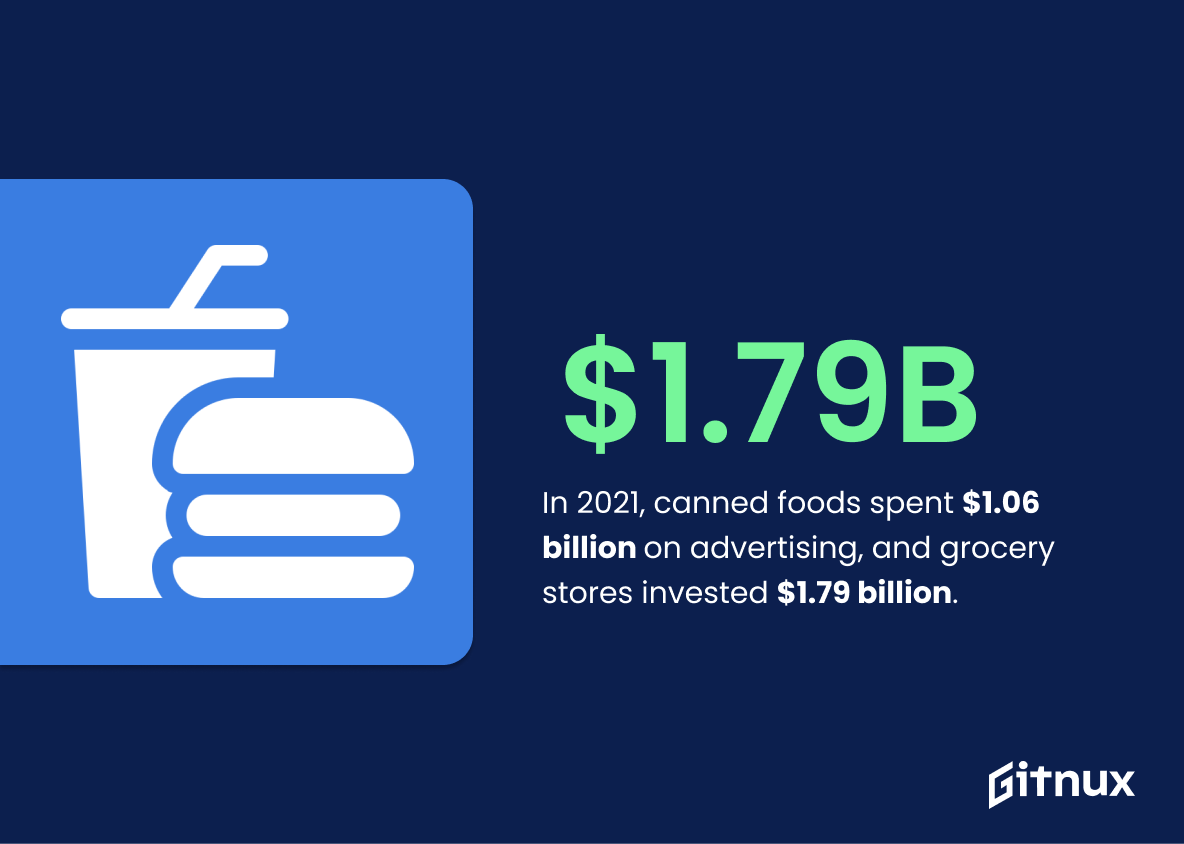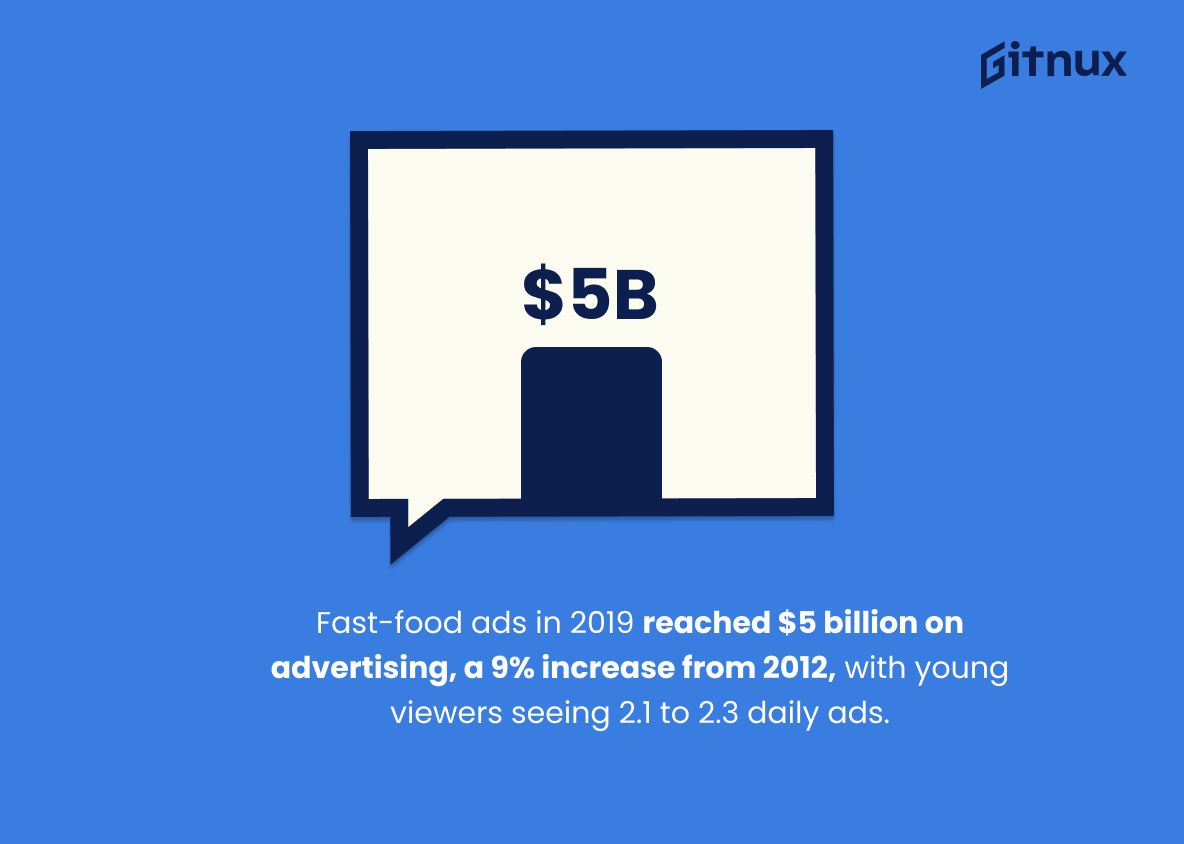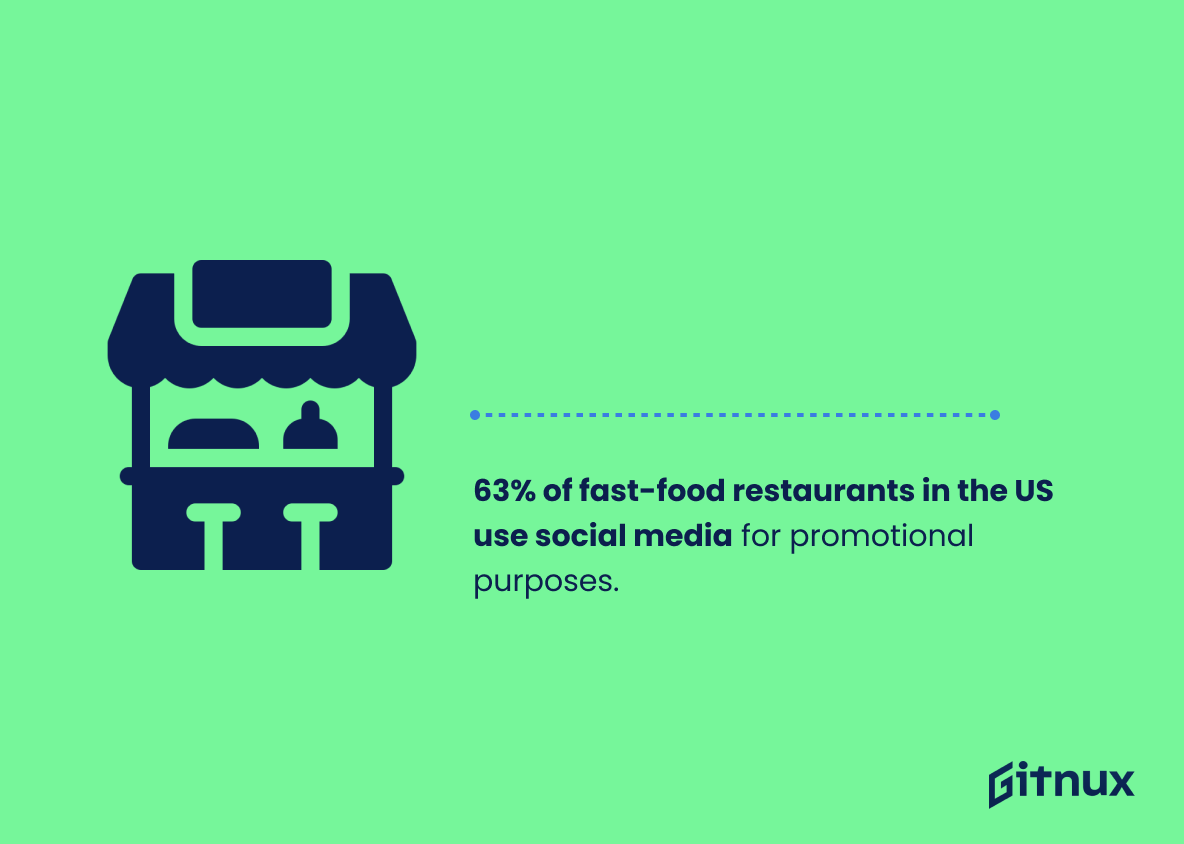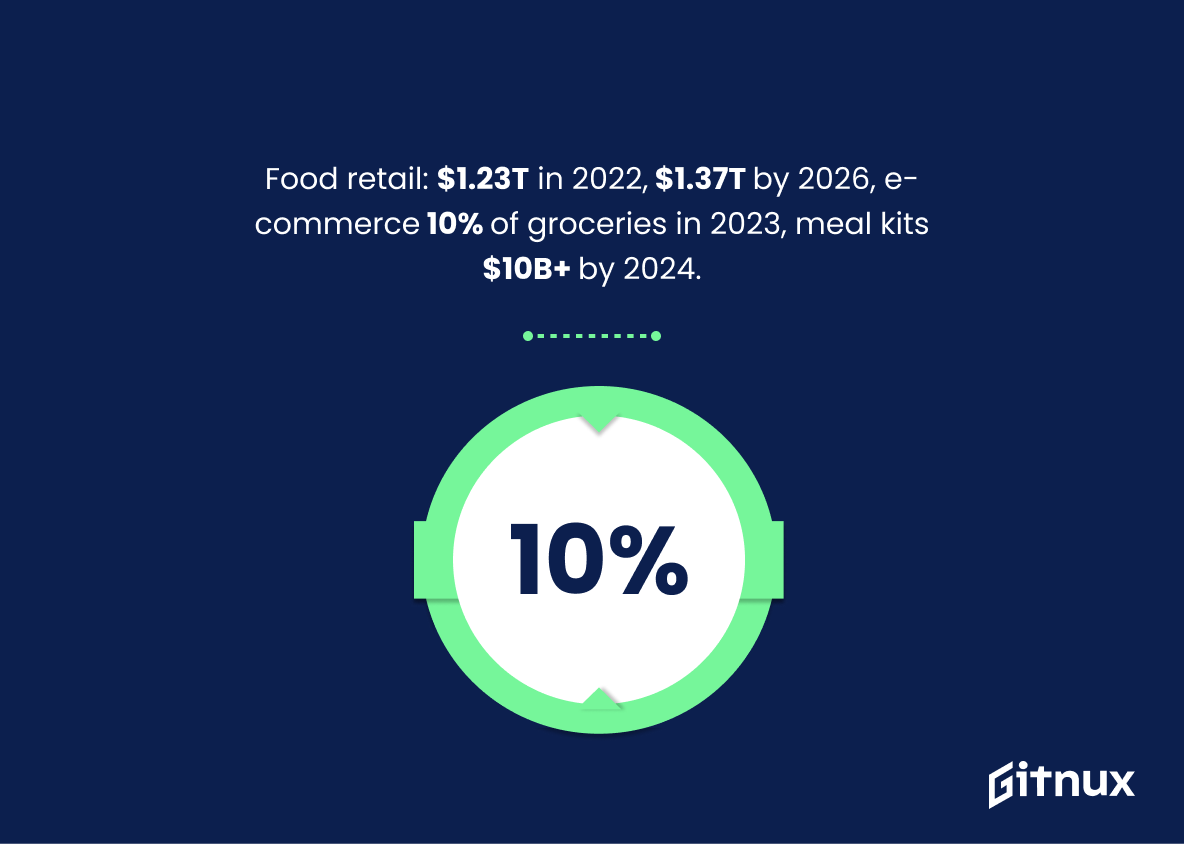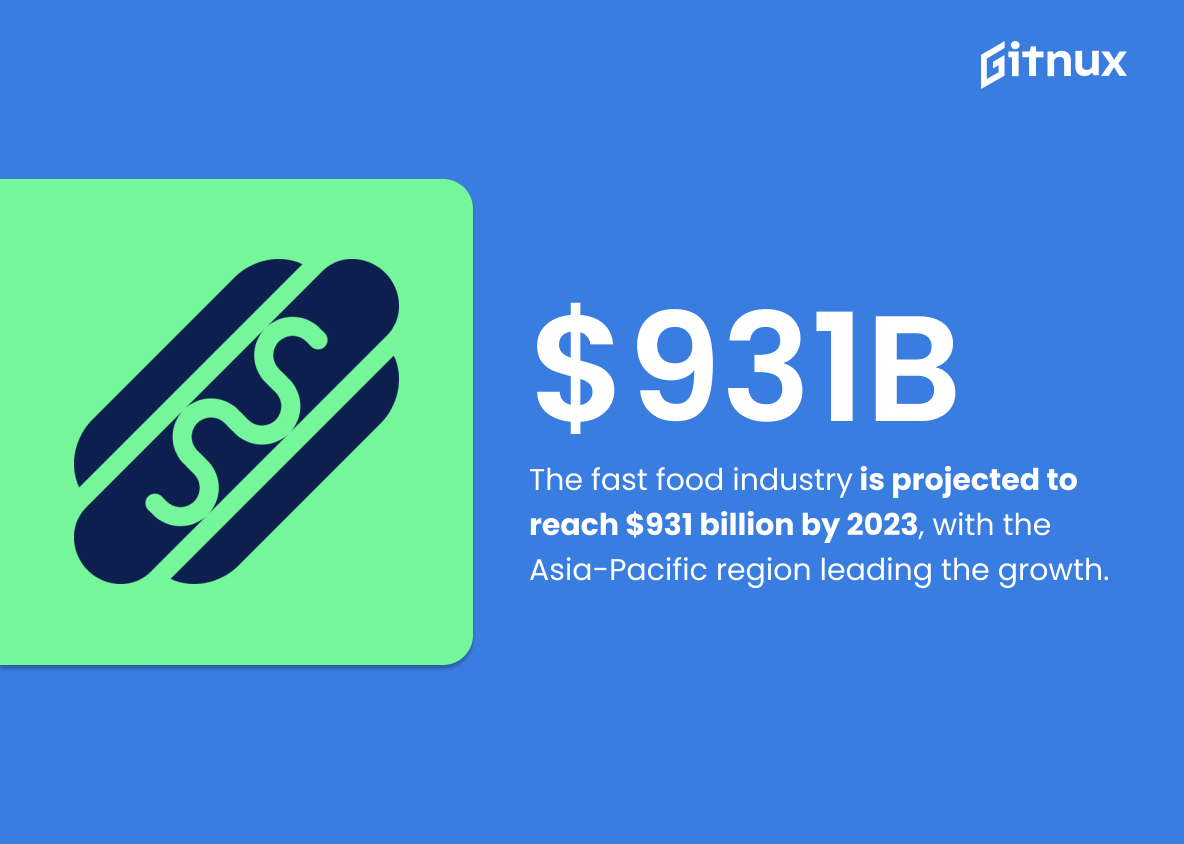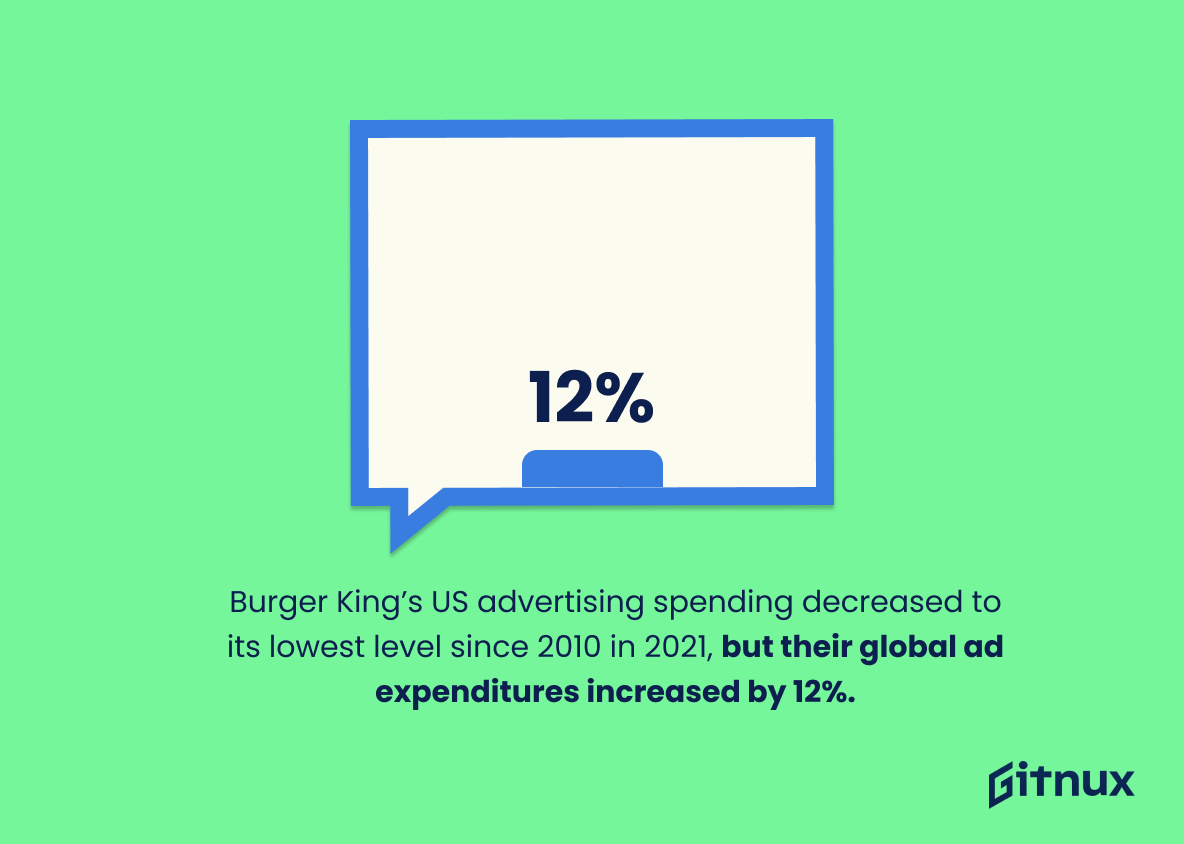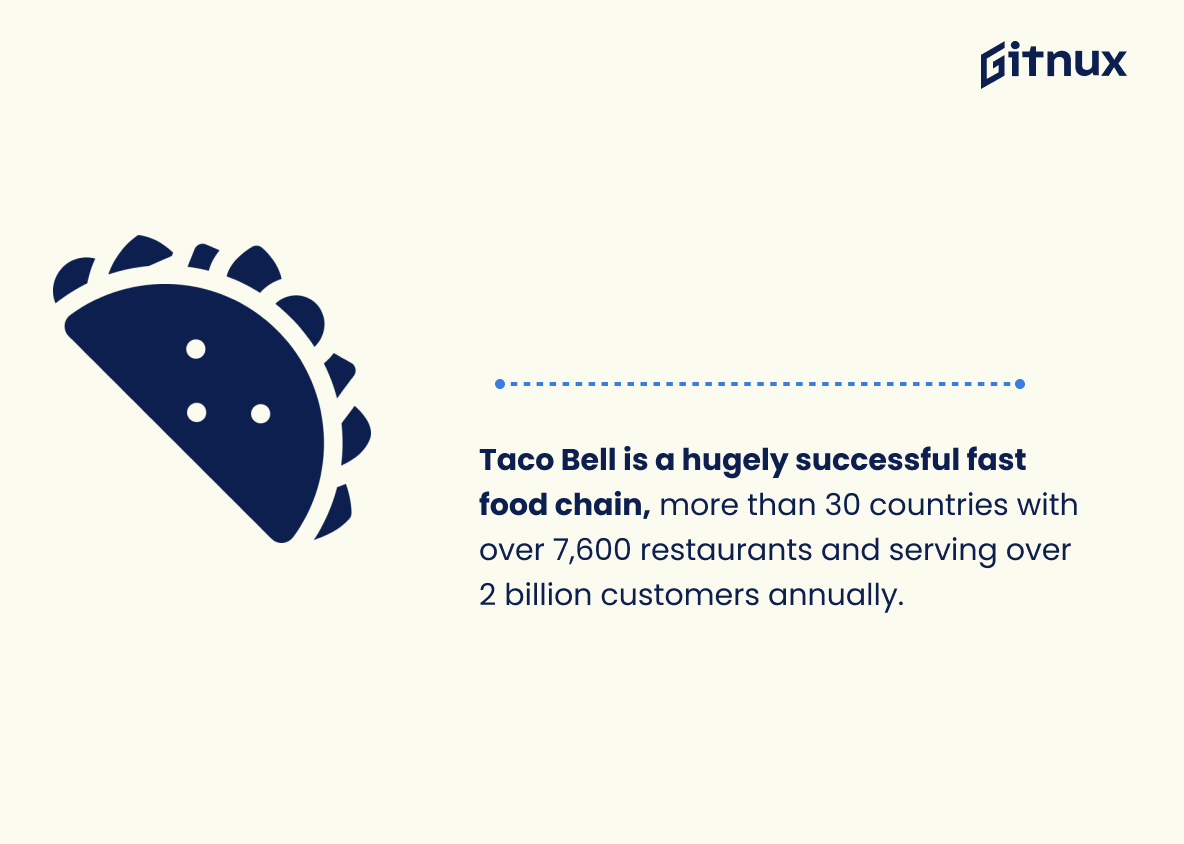Fast food advertising has become a major part of our lives. From television commercials to billboards, fast food companies are everywhere. But what do the statistics tell us about the effects of fast food advertising?
In this blog post, we’ll take a look at the latest statistics on fast food advertising and its impact on our society. We’ll explore how much money is spent on fast food advertising, what types of ads are most effective, and how fast food advertising affects our health. Finally, we’ll discuss what can be done to reduce the impact of fast food advertising on our society.
Fast Food Advertising: Most Important Statistics
A statistic shows that 88%, 86%, 82%, 68%, and 64% of 11-19 year olds in the UK saw special offers, adverts on social media, adverts on billboards, adverts on catch up and streaming, and influencers promoting unhealthy foods, respectively.
Burger King’s US advertising spending decreased to its lowest level since 2010 in 2021, but their global ad expenditures increased by 12%.
Fast Food Advertising: Statistics Overview
The canned, frozen, and preserved fruits, vegetables, and specialty foods industry spent 1.06 billion U.S. dollars and the grocery stores industry spent 1.79 billion U.S. dollars on advertising in 2021.
This shows the amount of money that is being spent on advertising for different food industries. This highlights the importance of advertising for food companies and the need for self-regulation in the industry.
Fast-food restaurants spent $5 billion on advertising in 2019, a 9% increase from 2012, with preschoolers, children, and teens viewing an average of 2.1 to 2.3 fast-food TV ads per day.
Fast-food restaurants are investing more money in advertising, which could lead to an increase in fast-food consumption among children and teens.
63% of fast-food restaurants in the US use social media for promotional purposes.
This shows how effective and affordable social media has been as a tool for the fast-food industry to reach potential customers and improve sales.
A statistic shows that 88%, 86%, 82%, 68%, and 64% of 11-19 year olds in the UK saw special offers, adverts on social media, adverts on billboards, adverts on catch up and streaming, and influencers promoting unhealthy foods, respectively.
This shows the prevalence of fast food advertising in the UK, which is further evidenced by the fact that fast-food restaurants spent $5 billion on advertising in 2019, 9% more than in 2012, and preschoolers, children, and teens viewed an average of 2.1 to 2.3 fast-food TV ads per day in 2019.
Food and beverage retail sales are predicted to reach $1.23 trillion in 2022 and grow to $1.37 trillion by 2026, with e-commerce accounting for over 10% of grocery sales in 2023 and the meal kit market growing from $6.9 billion to over $10 billion by 2024.
This growth is indicative of the increasing popularity of fast food advertising and its ability to drive consumer spending.
The fast food industry is projected to reach $931 billion by 2023, with the Asia-Pacific region leading the growth.
This trend is important for fast food companies to stay up-to-date with in order to remain competitive in the industry.
Burger King’s US advertising spending decreased to its lowest level since 2010 in 2021, but their global ad expenditures increased by 12%.
Despite the decrease in US advertising spending, Burger King was still successful with their unique advertising campaigns, such as the Whopper Detour, which had an impressive return on investment and reached 1.5 million downloads of the Burger King app.
This demonstrates that even with a decrease in advertising spending, Burger King was still able to reach their target audience and be successful in the fast food industry.
Taco Bell is a hugely successful fast food chain, operating in over 30 countries with over 7,600 restaurants and serving over 2 billion customers annually.
This success is highlighted by the fact that in the US alone, over 40 million customers visit a Taco Bell every week and sales for the company were $13.28 billion in 2021.
This shows the potential reach and success of fast food chains, and the potential for advertising to reach a large audience.
Conclusion
In conclusion, fast food advertising has become a major part of our society. It has been shown to have a significant impact on children’s eating habits and preferences, and it is important to be aware of the potential consequences of fast food advertising.
While it is impossible to completely eliminate fast food advertising, it is important to be aware of the potential effects and to take steps to reduce its influence.
References
1 – https://www.statista.com/topics/2223/food-advertising/
2 – https://media.ruddcenter.uconn.edu/PDFs/FACTS2021.pdf
3 – https://wakelet.com/wake/3-zX4CIRIcXRqiv-amscE
4 – https://www.deliveryrank.com/blog/fast-food-statistics
5 – https://basis.net/blog/new-trends-in-food-and-beverage-advertising
6 – https://linchpinseo.com/trends-fast-food-industry-outlook/
7 – https://www.statista.com/statistics/306694/ad-spend-burger-king-usa/
8 – https://www.qualitylogoproducts.com/blog/marketing-taco-bell/
